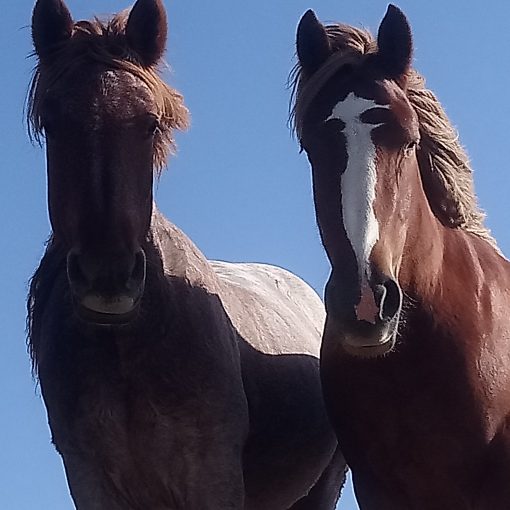As facilitators and coaches (and similarly for those in therapeutic practice) we are often charged with, or engaging in, working with the idea of supporting change or developing in individuals. Yet so often we encounter a degree of resistance, even if our clients wish for it.
Kagan and Lahey, in their book Immunity to Change (2009), explore just how deep that resistance can be, citing people’s unwillingness to change, even where their own mortality might be at risk. Many of us that are seeking difference are often less willing to engage the heavy-lifting required to enable it. I know from my own experience that holding certain emotional no-go-zones so often acted as a barrier to moving forward. As I have said change requires action and that is often genuine hard work. And the only thing that is ours to change is ourselves.
In Equine Facilitated Interactions these obstacles are so often more quickly surfaced than in more sedentary room-based engagements. This is in part due to the embodied nature of the sessions. Quickly knocking up against the (often unconscious) behaviours. Essentially shining a light upon what otherwise might (consciously) remain in the shadows.
Resistance to change is not just laziness or belligerence. As facilitators we come across behavioural strategies in our clients that were born of necessity, be they defensive, protective or acquisitive in nature. Whilst we might have insightful tools that can help people to engage these objectively, any change needs to understand why any supporting beliefs or behaviours were engaged in the first place.
Not just seeing the obstacle
Recently reading A Hunter-Gatherers guide to the 21st Century (Heyling and Weinstein, 2021) I came across the idea of “Chesterton’s Fence” and realised just how important a concept it was to engage with when we are working with personal change.
The philosopher G K Chesterton first introduced the concept in 1929. In summary, he wrote:
“In the matter of reforming things, as distinct from deforming them, there is one plain and simple principle; a principle which will probably be called a paradox.
There exists in such a case a certain institution or law; let us say, for the sake of simplicity, a fence or gate erected across a road. The more modern type of reformer goes gaily up to it and says, ‘I don’t see the use of this; let us clear it away.’ To which the more intelligent type of reformer will do well to answer: ‘If you don’t see the use of it, I certainly won’t let you clear it away.
Go away and think. Then, when you can come back and tell me that you do see the use of it, I may allow you to destroy it.”
Chesterton is here referring to a societal/macro scale, but these fences similarly exist at an individual/micro scale, and his argument is equally applicable. In our 21st century performance/improvement/growth driven culture there are persistent calls to improve or heal. In the horse-world for example, how often are horses projects rather than accepted as they are?
Whether we are talking of humans or animals we are driven to develop over accept. Who is to say that change is always the right thing?
Understanding the obstacle
As the contemporary philosopher Chris Mayer puts it “before attempting to improve an existing structure, law or institution, we should find out if it needs improvement in the first place. Without knowing the original rationale behind something, we can only guess to what extent it needs to be abolished, changed, or kept as is.”
It is not just seeing the obstacle (or might we say behaviour) then we must understand it. In most of us each behaviour serves a purpose, we learn not to put our hands into a flame because it burns. This message stays with us for life because at some point we have all burnt ourselves, not because someone just told us not to.
Chesterton’s Fence admonishes us to stop before we get swept away in the adrenalin rush of sweeping away someone’s “blockers” or changing their “behaviour”. To pause and understand why that individual’s fixed mindset presents itself. To take the time and understand the belief or behaviours reason, the purpose that it served. Only then can we objectively assess whether it appropriate to consider helping others to release it or to change.
I referred at the beginning to my own no-go-zones. Whilst I was very aware of them at the time, I knew that they were not for deconstructing or changing. Or at least not at that time. They served a very real and important reason. That said, we might be to reappraise at a more appropriate time. If we can retain an objective perspective and understand why those “fences” are there, then we might also acknowledge that there is potentially time when they are no-longer required.




